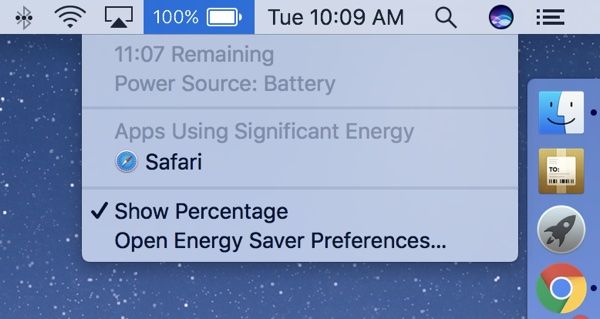2 Ways to Recover Deleted Files in OS X
Life happens. Important files can be lost, damaged, formatted, or deleted for several reasons. Thankfully, Mac file recovery is a process that can restore these files regardless of the file format.
Before trying to recover a deleted file, your actions prior to engaging the recovery process will determine its success. It is very important to stop using the drive or device that contains the file that was deleted. In so doing, the chances of overwriting the deleted file will be lessened and recovery possible.
When it comes on to Mac file recovery, there are three important recovery options and they are Trash Can, Mac’s Time Machine backup app, and third-party data recovery software. All three options work differently to restore just about any file type including .doc, .ppt, .xls, .txt, .docx, .mov, .mp3, .png, and .jpg.
Once the Trash Can has not been emptied, a deleted file can be restored by dragging it from the Trash Can onto the desktop. Also, pressing COMMAND-Z will restore the very last item that was sent to the Trash Can.
As for Mac’s Time Machine app, since files are backed-up regularly; a deleted file can be restored by selecting a time interval that corresponds to the time the file was deleted. Time Machine also allows for files that have been backed-up to be stored remotely or on the hard drive itself.
Sometimes a third-party data recovery software is necessary to restore deleted files. There are many to choose from and three of the well-known ones are uFlysoft, uMacsoft.
These software are user-friendly and can restore deleted Mac files within a few minutes, hours, or days depending on variables such as the size of the drive that is being scanned. The software is either downloaded or comes on a bootable CD.
These software have different levels of recovery and usually include:
1. Quick recovery
2. Deleted files recovery
3. Lost file recovery
Deleted files recovery and lost files recovery are more in-depth scans that can take a few hours or a few days to complete. Quick recovery is used to find a file that had been deleted fairly recently.
Please note that no matter which recovery process is used, the recovered files should not be saved on the same drive as the deleted file to prevent overwriting. As a safety measure, most data recovery software will prompt you to insert an external storage device.
Recovered files will most likely be missing their original filenames but will be categorized into their respective file formats such as audio, video, document, image/photo, and so on. Sometimes the categories will be further simplified into extensions. For example, in the audio category, there might be subcategories such as .mp3, .mp4, .wav, .amr, etc. Simply open the specific file type/extension and look through all the recovered files until you locate the one in question.
It is important to note that corrupt files and unreadable drives require more advanced data recovery methods such as forensics.

